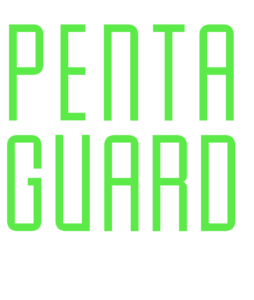You don’t have to sell directly to the Department of Defense for CMMC to touch your business. Requirements often “flow down” from larger primes and original equipment manufacturers (OEMs) through contract language or show up when you handle project details for a customer who does defense work. As a result, manufacturers and engineering firms, software/SaaS and IT services, professional services and consulting, logistics and field services, and research/testing labs are increasingly being asked about CMMC.
Common “doesn’t apply to us” myths.
- “We don’t handle sensitive info”: Controlled Unclassified Information is unclassified but still requires protection, and it’s easy to create or receive it in everyday work for a customer.
- “We’d recognize it if we saw it”: CUI can hide in ordinary business content such as email threads, slide decks, spreadsheets, ticket attachments, and screenshots.
- “We’re not a defense contractor”: You may still be in someone else’s supply chain. If even one client supports defense programs, requirements can reach you.
Where CUI commonly appears.
CUI is often found in places that might be overlooked. Support and collaboration are big ones: emails, tickets, and shared workspaces with screenshots or files; system data your team hosts, like backups; and mixed project folders where defense and non‑defense work live side by side. These are routine business processes, yet they can place parts of your environment in scope.
Why this matters even if you’re “mostly commercial.”
The 2025 Verizon Data Breach Investigations Report highlights that breaches increasingly involve third parties (30%, double the prior year’s share), which keeps pressure on primes to push stronger security requirements onto their vendors. At the same time, a recent study found that only 4% of respondents believed themselves to be ready for CMMC certification. Add in the sheer size of the defense supply chain—hundreds of thousands of firms, with a large subset expected to require CMMC Level 2—and it’s easy to see how you could be missing an important segment of your client base by assuming CMMC doesn’t apply.
Level 2 readiness in brief.
There is much more work that goes into achieving CMMC Level 2 than can be explained here. But in plain English, to prepare you for the conversations ahead, here’s what might be in store: you’ve identified where government‑related data could live, who touches it, and which systems or vendors are in scope. You can demonstrate everyday good habits such as multi‑factor sign‑in for sensitive access, routine updates, secure configurations, basic logging, and a practiced incident response. You have living documents that explain what you do, who owns it, and how you’d prove it if a customer or assessor asked. You have a written System Security Plan that goes through all 320 CMMC L2 assessment objectives.
How Magna5 can help.
We know that navigating CMMC compliance can be overwhelming. Magna5 can help you decide if CMMC Level 2 could apply, narrow the scope to what matters, and stand up practical evidence quickly, including clear responsibilities with service providers, a short list of “do‑first” fixes, and documentation people can actually follow. Magna5 has achieved CMMC Level 2 and is poised to help you to do the same; reach out today for a conversation on how to get started.













